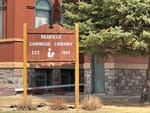With a new school year fast approaching in South Dakota, the usual feelings of excitement, anticipation and opportunity have been replaced with angst, anxiety and worry.
The COVID-19 pandemic has cast a pall of uncertainty over whether students, teachers and staff can safely return to schools for in-person teaching and learning. As of mid-July in South Dakota, the vast majority of public schools appeared poised to open in late August and bring children back to the classroom, though many are offering a remote, home-based option.
Districts big and small are undergoing extensive planning to reopen as safely as possible at a time when a fierce national debate is raging about whether to bring children back, whether the coronavirus will spread among adults and children, and whether masks should be worn.
To better understand what people at all levels of the public education system are enduring, News Watch in early July contacted several South Dakotans on the front lines of the fall 2020 return to school. Here are some of their stories.
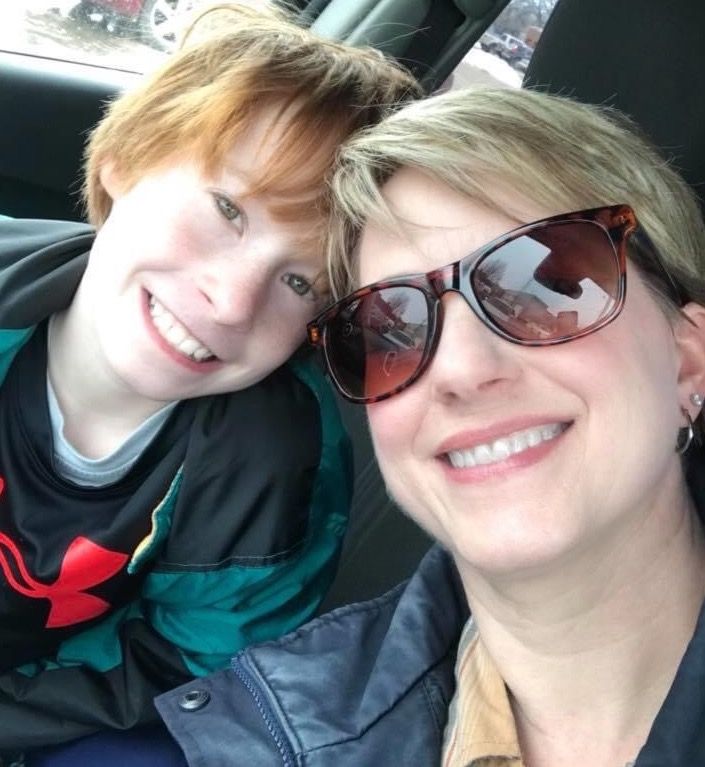
Parents face heart-wrenching choices
Before the school year starts, Jodi Jensen and her husband are facing a decision that could have life-or-death consequences for their son, Justin.
Justin is a gregarious, high-achieving sixth-grader who loves going to school in Huron. According to his mom, Justin desperately wants to see his friends again after losing out on social interaction with them when schools closed in the spring and while isolated during the summer.
Jodi Jensen wants to send him back to school in August, but the coronavirus has created agony over the choice of whether Justin returns to classes, undergoes remote learning through the school district or begins a home-school program with his mom.
If Justin became infected with COVID-19, the likelihood of major complications, possibly even death, is high due to a number of comorbidity issues created by previous and ongoing illnesses.
Justin had whooping cough at two weeks old, which destroyed part of his bronchial function. Later, he contracted Kawasaki Syndrome, a lymphatic disorder that can cause swelling in coronary arteries but also swelling of mucous membranes in the mouth, nose and throat. Justin also has dysautonomia, which inhibits his ability to regulate body temperature, and he suffers from severe asthma.
“When he catches even the slightest cold, he gets very sick very quickly, and it turns into pneumonia very quickly,” Jensen said.
Since the pandemic hit, the Jensens — who operate a farm just outside town — have primarily stayed home, and have taken strong precautions against the coronavirus when venturing out. They wear masks in public, and after Jodi has been to populated areas or a medical facility, she quickly showers in a separate bathroom to keep Justin safe from the virus.
The family is aware that sending Justin back to school, even with safety measures in place, will be risky.
“Based on the way his health works, our fear is that even if he gets the regular influenza, he’s in trouble and sometimes is hospitalized for that,” Jensen said. “And now you’re talking about another virus that comes along that acts differently and attacks the part of his body that is already compromised, and we don’t want to put him in a situation where there just isn’t going to be as much control as you think.”
The Huron school district is considering a plan to allow parents who don’t want their children to attend school to engage in remote learning provided by the district. So far, the plan is to recommend but not require masks in schools, Superintendent Terry Nebelsick said.
Jensen pointed out that wearing a mask for a long period of time is difficult for Justin due to his asthma and the heat the mask creates on his face and mouth.
At this point, the risk for Justin is likely too high for him to return to school in August, Jensen said, even though she worries that isolating an intelligent, curious, fun-loving child from his peers could cause heartache or even depression.
“It’s really scary based on his health,” she said. “You don’t want to say, ‘Let’s risk the child’s life for social happiness,’ but social happiness is also very important.”
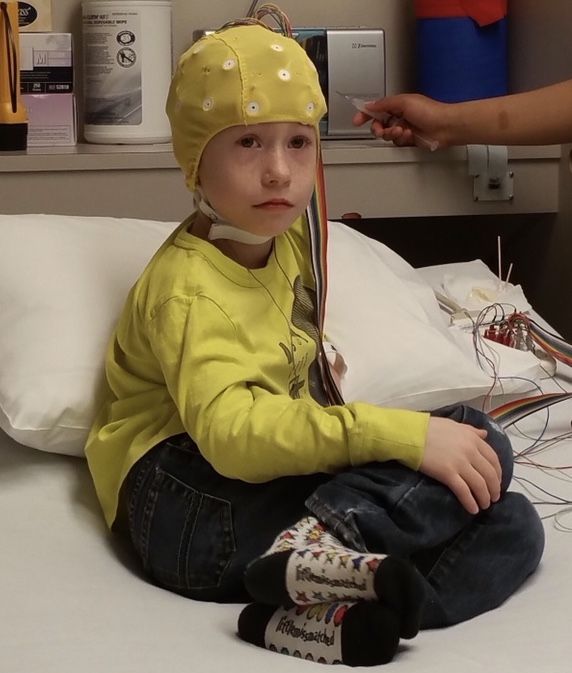
Jensen, a military veteran and former emergency medical technician, said she supports the rights of other parents to decide what is best for their children, including choosing not to wear a mask. She also understands that some working families may not have the ability to keep children home from school if they have a minor illness, which could unknowingly be COVID-19.
“They’re coming to school and no masks are required, and they’re coughing and sneezing and now 20 kids have got it,” she said. “It’s going to be the unlucky kid, and ours would probably be the one, that gets it and it doesn’t react well in the body.”
Jensen said the family will likely elect to keep Justin home for remote learning, at least in the fall, and then keep an eye on how the virus affects students and learning.
If things go well, or a vaccine is discovered, they may allow Justin to return to classes at some point in the 2020-21 school year, Jensen said.
In the meantime, the family has had some socially distanced visits with extended family members, bought Justin a new bike, and has gone camping four times this summer to keep Justin’s mind, body and soul active during isolation.
“My son says, ‘No way, I don’t want to be home all day,’” Jensen said. “But right now for us, it’s a Catch-22; we’re damned if we do and damned if we don’t.”
Parent Stephany Weed is also hoping the Huron schools allow for a remote-learning option or a hybrid program in which students can learn from both home and school.
Weed, who works for the public transit system in Huron, is severely anemic and her husband is disabled, so she worries what COVID-19 could do to her family if an infection breaks out in the school system. Her son is a rising senior at Huron high.
Weed pointed out that Beadle County, where Huron is the county seat, has been a hotspot for COVID-19, with 553 cases and eight deaths, likely due in part to the meat-processing industry in town.
She questions whether schools can be made safe enough for students to return, even if precautions are taken.
“Not everybody is comfortable piling a whole bunch of kids into the schools,” she said. “Yes, you’re going to practice social distancing, but they’re kids. There’s going to be high-fives and hugging because they’re kids.”
During the pandemic, Weed and her family have diligently used masks and hand sanitizer and have been careful to maintain social distance when out.
Weed said she wants her son to attend school and fully enjoy his senior year, especially after missing out on prom and other important social events during his junior year. She also believes in the importance of staying connected to teachers, and wants to be sure he maintains good grades, which might be easier through in-person learning. However, as the school year approaches, Weed is seriously considering arranging to home-school her son, which could be done by her husband, who stays at home.
“There are a lot of people here in town who are shrugging it off and acting like, ‘If I get it I get it, oh, well,’ but what about those around you?” she said. “I just think there are other options that should be considered before just trying to pretend everything is OK and going back.”
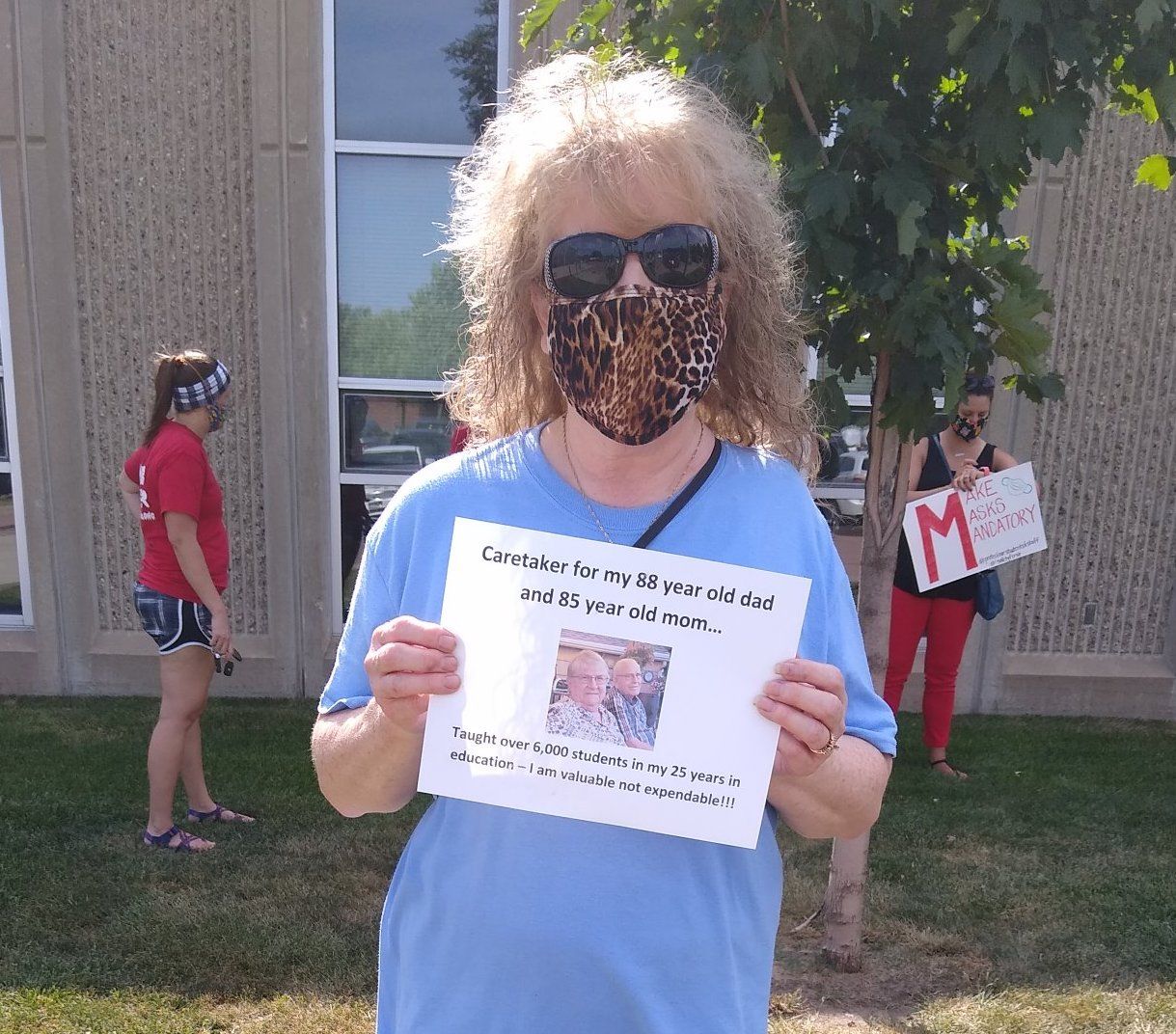
Teachers fear for themselves and others
Susan Waagmeester, 63, is a 25-year art teacher in Sioux Falls who is worried that the school environment may be a crucible for spreading the coronavirus.
As of July 15, Minnehaha County, where Sioux Falls is the county seat, was home to about half of the state’s 7,652 total COVID-19 infections, with 3,796 cases and 60 of the state’s 111 deaths.
“In the Sioux Falls schools, it’s like a sea of bodies wall to wall, and all it takes is one person to have it and it could just explode,” she said. “I see bad things happening, just like in all the states that re-opened too early.”
In addition to her concerns for the safety of her students and fellow staff members, Waagmeester is also worried that the virus could infect her or her husband, who is a custodian in a Sioux Falls elementary school.
“Every day we go to work, chances are we’ll be close to someone who is infected and may be asymptomatic, because it’s going to be in the halls, it’s going to be in the air and in the cafeteria when 400 of them are in there eating lunch,” said Waagmeester, who teaches at Lincoln High. “It’s just a big worry for me; will we even be able to sleep safely in the same house at night?”
Beyond that, Waagmeester helps care for her elderly parents, frequently bringing food and supplies to the couple, ages 85 and 88, and she worries she could spread the potentially deadly virus to them.
Due to their ages, both the Waagmeesters and her parents are concerned they likely are at higher risk for serious health implications from the potentially deadly virus.
Waagmeester has been watching the planning process by Sioux Falls administrators and says more safety measures are needed. She wants all faculty, staff and students to be required to wear masks at all times, for classrooms to be sterilized between classes and for daily student attendance to be staggered so fewer students are at school and in each classroom on any given day.
Waagmeester donned a mask and sunglasses and joined several other protesters outside the Sioux Falls school administration building before the board meeting on Monday, July 13. She carried a sign with a picture of her parents and a message that she is their caretaker.
Her sign also read: “Taught over 6,000 students in my 25 years in education — I am valuable not expendable!!!”
Waagmeester said she protested at the meeting “just to be heard” and because she feels like the push by administrators and others to return to normal may put veteran teachers at unnecessary risk of contracting COVID-19.
“I’ve still got a lot to give and it’s almost like we older teachers and the elderly across America are being treated as though we are expendable,” she said.
Waagmeester said it will take a community-wide and school-wide effort — and some personal sacrifice — to limit exposure of students, faculty and staff to the virus in South Dakota schools in the fall.
“It’s like back in World War II, it took an effort by everybody who had to give up their nylons and their metal for the war effort,” she said. “We’ve got to all be willing to do what it takes because this is a war, too.”
Sue Podoll is a special-education teacher in Rapid City and is the president of the Rapid City Education Association. Podoll said she and most other teachers are hopeful that staff, faculty and students can all return to school in the fall and do so safely.
Pennington County, home to Rapid City, had reported 674 COVID-19 cases and 22 deaths as of July 15, many cases arising in recent months amid tourism season.
Special-education students and teachers may face unique challenges, Podoll said. Some special-education students are unable to wear masks and breathe well, and others may not tolerate having a mask on their face, she said.
Special-education teachers, meanwhile, are committed to the close-up nature of teaching special-ed students, which will make social distancing nearly impossible. Special-education students also may not be as successful with remote learning, if that becomes necessary, she said.
Podoll said she was also concerned by data released by the Rapid City schools in the spring indicating that about 25% of students in the system were never contacted or never participated in any way in remote learning offered by the district when schools closed due to the pandemic.
“We know the detriments of either unsupervised learning, or if there is a lack of resources or support in a home situation, which creates a struggle that puts some of our most vulnerable kids even further behind,” she said.
Low-income students may also be at a disadvantage when it comes to staying safe, including in Rapid City, where the district does not plan to provide masks to students.
“If my priority is a mask for my kid to be in school or food on the table, you know I’m going to choose food,” she said.
Podoll noted that many teachers in Rapid City and across the country are in high-risk groups when it comes to the coronavirus, mainly because of their age. She pointed out that the median age of teachers in Rapid City is 41, so half are older than that.
“We’re a graying group, and many have great hesitancy if they have underlying health concerns of their own, whether it’s diabetes or immune compromises or they’re under chemotherapy,” she said. “They’re concerned about their health situations and being in the classroom without students required to be masked.”
Teachers who refuse to go back to work over health concerns involving COVID-19 will not be protected by their teaching contracts, so they would either have to retire if eligible or quit and face breach-of-contract penalties.
Podoll said a safe return to school will require some flexibility and willingness to adapt as the COVID-19 pandemic changes throughout the school year.
She said success will require “lots of deep breaths, lots of patience, and lots of grace.”
Tim Eckart, who spent four years as a band teacher at Edison Middle School in Sioux Falls, recently transitioned into a full-time position as president of the Sioux Falls Education Association.
Eckart, who is also a parent of three school-aged children, said he and his family have been wearing masks and dutifully taking precautions against the virus because a member of his extended family is immuno-compromised.
Eckart said his general position about the return to school is that the district and individuals should follow CDC guidelines to reduce the risk of infection from the coronavirus and seek sensible ways to reduce unnecessary exposure to the virus.

Eckhart said he has heard from teachers who are eager to go back to school for in-person learning and from others who are concerned for their safety.
“There’s worries there,” he said. “It’s an unprecedented year because we haven’t seen anything like this for 100 years and the people who experienced that are no longer around.”
In an email sent to union members, Eckart said he urged them to work collaboratively with the district to keep schools safe.
“First and foremost, we all know that the best education is in person, but in-person education also offers the highest level of exposure for our educators and our students, and it’s a difficult tightrope to walk,” he said. “It will take all of our education community walking together to find success in this process.”
Some school districts may be challenged logistically and financially to provide protective medical equipment for students and staff and in offering the technology to effectively teach students remotely, said Mary McCorkle, president of the South Dakota Education Association.
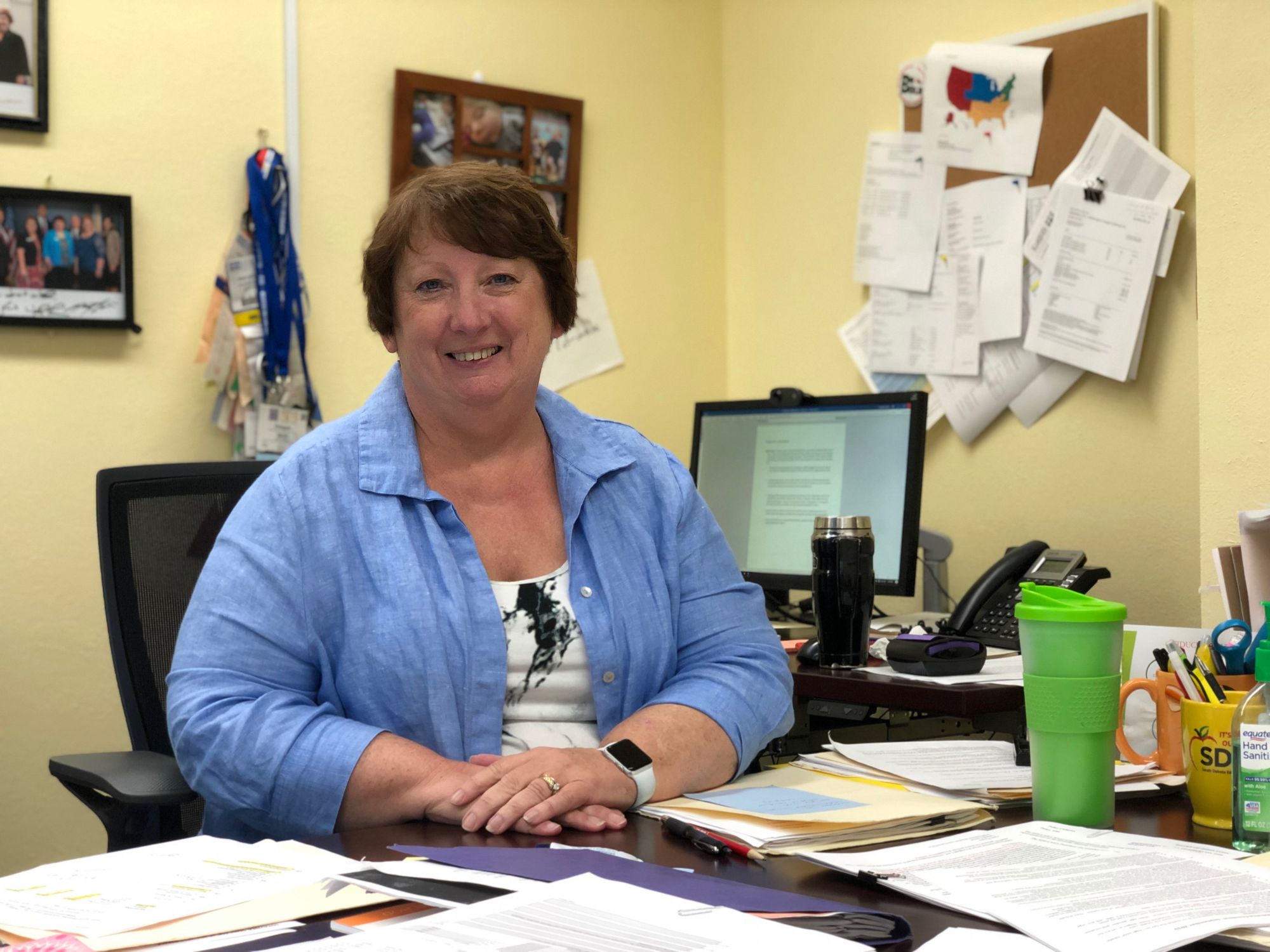
“There are a lot of supplies that districts need to ensure the health and safety of their students and staff, and it’s in short supply as we’ve all found,” McCorkle said. “Those things that are in short supply are very expensive as well, and if we want to provide hybrid approach, we want to make sure those students have technology infrastructure.”
McCorkle, who will leave her statewide post in July, said the challenging circumstances of learning during a pandemic provide parents, teachers and administrators an opportunity to teach children valuable lessons about working together, thinking of others and making wise choices. From cleaning their own desks to making good decisions about safety to wearing masks to protect others, students can learn important lessons during the pandemic that might otherwise have gone untaught.
“I think it’s about respect, being kind and taking care of your community,” she said. “These are important life lessons.”
Administrators scramble to be ready
In Huron, located in a county that has seen hundreds of cases of COVID-19, 93% of parents surveyed by the district said they want their children to attend schools in the fall, said Superintendent Nebelsick.
The unique makeup of Huron’s student population — roughly half of students are non-white, 69% receive free or reduced-priced lunches and nine languages are spoken within the district — has required extensive planning and preparation to work toward a safe return in the fall, Nebelsick said.
“A goal cannot be to open up schools no matter what; our goal has to be to open up schools as safety as possible as soon as possible,” Nebelsick said. “We have to balance the protection from the virus the best we can with also meeting the other needs of our children.”
Though the final return plan is a work in progress, Nebelsick said the district intends to offer in-person and remote learning options, and will encourage mask use but not require it.
“The more we do guidelines and the less we do mandates, the more participation we are going to have, and I really believe that,” Nebelsick said.
Seating in school classrooms will be reconfigured, and plastic barriers will be used to reduce the risk of spreading the virus, he said.
To reduce any spread during band or choral classes or rehearsals, among the most dangerous activities during the pandemic, students will sing or play outside or be spaced well apart in the auditorium, Nebelsick said.
For students who do wear masks, Nebelsick said the district would seek situations in which social distancing will allow for removal of masks to provide breaks from any discomfort.
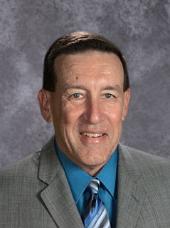
“A goal cannot be to open up schools no matter what; our goal has to be to open up schools as safety as possible as soon as possible. We have to balance the protection from the virus the best we can with also meeting the other needs of our children.” -- Huron Superintendent Terry Nebelsick
Throughout the planning, Nebelsick said he has tried to remain fully informed on the latest information on the virus, how to prevent its spread and how to create the safest possible environment in Huron schools.
Nebelsick, president of the state association of superintendents, has participated in numerous state and national education programs for school administrators during the pandemic. The goal is to be prepared and be willing to adapt quickly if things change.
“If certain grades have to be shut down, so be it, and if an entire school has to be shut down, so be it, but we have to be ready,” Nebelsick said. “Behind the scenes, we’re trying to create situational decision-making based on the situation in the schools.”
The Rapid City area school system, the second-largest in the state, is still working out many details of its back-to-school plan but expects to offer in-person classes and a remote-learning option for parents who don’t feel comfortable having their children in schools, said Katy Urban, spokeswoman for the district. The remote-learning option could also be used by students who get sick or are exposed to the virus and must isolate, she said.
The district is facing difficulty in trying to increase social distancing at a time when roughly half its schools are already at capacity or overcrowded, Urban said.
“We are already crunched for space, so there are some pretty big issues with that given our space constraints,” she said.
The district will provide masks and personal protective equipment to teachers and staff, but not to its 14,000 students, and wearing of masks is not expected to be mandatory except perhaps in some limited situations, she said.
The mask debate — whether to require them and whether parents will tell their children to wear them — has been a hot topic in across the state and nation, fueled in part by mixed messages about the efficacy of masks by the administration of President Donald Trump and South Dakota Gov. Kristi Noem.
“It is political, whether we like it or not, and I’ve already seen a great debate happening on social media posts the district has had, where we’ve seen parents fighting back and forth,” Urban said. “I can only imagine that some of our kids will pick up on that as well.”
Challenges have arisen in filling positions such as substitute teachers, bus drivers and other non-teaching jobs in the district that are often held by retirees or older workers who may be at higher risk of complications from COVID-19, Urban said.
The district learned many lessons while conducting emergency remote teaching in the spring, Urban said. In the fall, the district will feature more classes that are broadcast live to students at home so they can ask questions and interact with teachers in real time, she said.
“In the spring, mostly they were given assignments and asked to join in on a Zoom call once a week, and not every teacher was doing the same thing,” she said. “They were kind of all over the place, so this will be more consistent.”
Enhancing safety and offering both in-person and remote learning will add expenses to school districts. The Sioux Falls schools, for example, recently announced that adaptations made during the pandemic could cost as much as $8 million in the coming year.
In Rapid City, officials have delayed the start of school by a week, from Aug. 26 to Sept. 8, to give teachers, staff, parents and students more time to prepare to return.
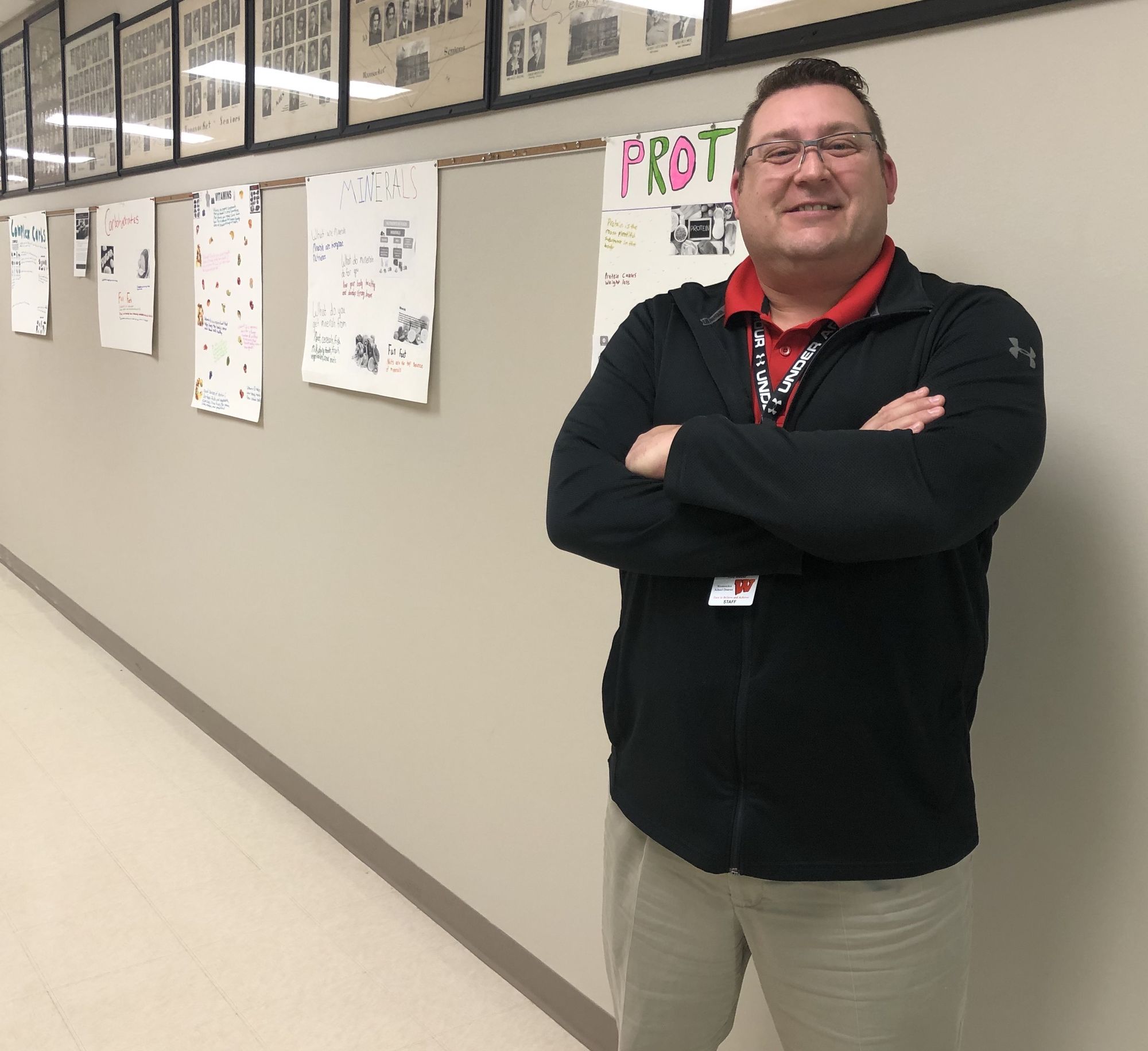
Smaller, more rural school districts are facing many of the same concerns as larger districts when it comes to keeping kids safe, though they may have some advantages, said Rod Weber, superintendent in Woonsocket, a district with about 250 students located 35 miles north of Mitchell.
“The smaller schools might be able to social distance better,” Weber said. “We’re talking about our school with 70 kids compared with a school of 1,000 students, so we’re not packed in here shoulder to shoulder.”
In classes, desks will be spread out, sanitizer will be available and disinfectants will be used between classes. The district installed auto-flush toilets and water stations that allow for hands-free refilling of water bottles that will be provided to students. Temperature checks will be done in morning classes to scan for fevers. Masks will not be required of students or staff, Weber said. An at-home learning plan will be available to parents who do not feel comfortable sending their children to school, Weber said.
The district is adding employees to the lunch room to reduce student contact within the food-selection and clean-up processes.
Weber said the less-populous, close-knit nature of Woonsocket also played a role in how well the district reached students during emergency remote education in the spring. Learning packets and lunches were hand-delivered to all students at their homes, he said. Only 2% of students did not initially complete all assignments, and eventually all students made up the work and graduated to the next grade.
The district’s return plan is not finalized, but Weber said that, no matter what, the district would remain flexible on how students are taught as the year goes on. As of mid-July, Sanborn County, where Woonsocket is the county seat, had 12 COVID-19 cases and no deaths.
“I’m feeling confident that we’re going to be able to serve our students well,” Weber said. “I’m not confident that we’re going to just have a regular school day throughout the year. We’re probably going to go in and out of phases depending on what the spread may be in our schools or in our community.”
State officials push for and prepare for return
At the highest level of state government, Gov. Kristi Noem is pushing for schools to re-open for in-person classes.
In a statement to South Dakota News Watch, Noem’s communications director Ian Fury wrote: “Given how important it is for our kids to be back in school this fall, our Department of Education team is working around the clock to get school districts all the information they need to make decisions that best fit their unique situations. We expect each district may approach this differently, but our common goal is one everyone agrees with – our kids must have access to the full educational experience this fall.”
In response to questions from News Watch, Department of Education Secretary Ben Jones said his agency issued guidelines for school districts called the “Starting Well 2020” plan in June, developed in conjunction with local school leaders across the state, which he said “carefully balances public health considerations with the known benefits of a full school experience.”

Jones wrote that the American Academy of Pediatrics supports a return to in-person learning for children and has documented the “negative impacts on children” due to school closures in the spring of 2020.
“It goes without saying, our children are our future and they need the academic, emotional, social, nutritional and physical benefits of the full school experience,” Jones wrote to News Watch.
In the run up to the start of school, education department employees are holding regular phone calls and online webinars with superintendents and education associations, Jones said. The department has two web pages dedicated to information about the upcoming school year, including the Starting Well page and at the Hot Topics tab on the department website at doe.sd.gov.

